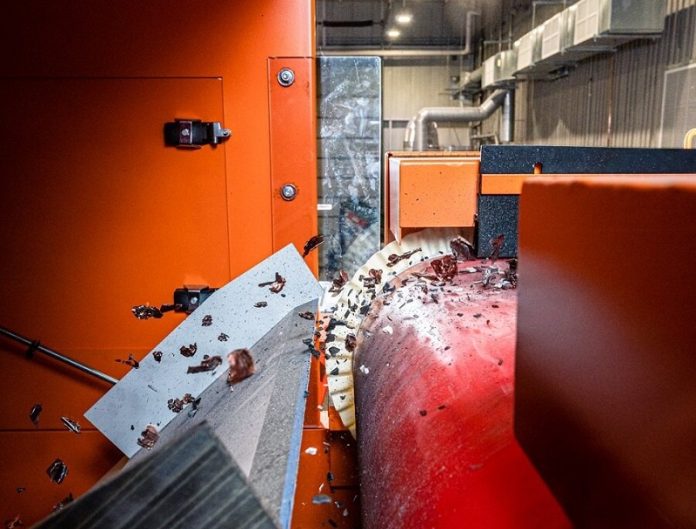
Nature has an incredible way of recycling its resources.
Water moves from the ground to the sky and back again in a never-ending cycle.
When plants and animals die, elements like carbon and nitrogen return to the earth to support new life. Nature’s systems are closed loops, meaning nothing goes to waste.
However, humans are not so efficient with waste. The way we handle our trash and emissions often causes pollution and damage to the planet.
We produce massive amounts of waste like plastics, devices, food scraps, and harmful emissions, and most of it isn’t recycled.
Currently, less than 10% of around 7 billion tons of plastic waste has been recycled. As a result, our waste fills landfills, pollutes the environment, and harms ecosystems.
Scientists at the U.S. Department of Energy’s (DOE) Argonne National Laboratory are working to change this through what is called a circular economy.
In a circular economy, products are designed to have a useful second life. This approach ensures that waste becomes a valuable resource for creating new products.
Turning Trash into Treasures
Researchers at Argonne are developing methods to recycle valuable materials from batteries and electronic devices.
They are also collaborating with industry and local communities to scale up these technologies. For example, Argonne scientists are using special chemical tools called catalysts to turn plastic waste into higher-value products, like lubricants and waxes.
One method being developed in partnership with Cornell University focuses on recycling high-density polyethylene (HDPE), commonly known as Type 2 plastic. This new technique allows the plastic to be recycled repeatedly without losing its quality.
Recycling batteries is another major focus for Argonne. The ReCell Center, based at Argonne, is a national hub for advancing battery recycling technologies.
Recycled materials like lithium, cobalt, and nickel can be reused, reducing the need to mine new materials and lowering the cost of electric vehicle batteries.
Jeffrey Spangenberger, director of the ReCell Center, says, “It’s fascinating to start with something that looks like garbage and end up with shiny, reusable materials.”
Turning Organic Waste into Energy
Argonne researchers are also tackling society’s stinkier waste—like food scraps and sludge from wastewater treatment.
Scientist Meltem Urgun Demirtas is working with colonies of microorganisms to break down these waste streams and turn them into valuable fuels, such as renewable methane and sustainable jet fuel.
The leftover nutrients from these processes can be used as fertilizers, preventing harmful algae blooms in the environment.
Another project at Argonne involves capturing carbon dioxide (CO2) from emissions and converting it into valuable chemicals. Chemist Di-Jia Liu is leading a team to create a device called an electrolyzer, which uses renewable energy to convert CO2 into useful products like ethanol and acetic acid.
This method keeps CO2 in a closed loop, reducing its presence in the atmosphere and turning it into something useful.
Water is essential not just for life but also for manufacturing many products. Argonne’s Junhong Chen is leading an effort to create a circular blue economy focused on water. This initiative, called Great Lakes ReNEW, aims to develop better technologies for purifying wastewater and recovering valuable materials from it. The team is working on a network of sensors to monitor wastewater quality in real time, helping treatment plants run more efficiently.
Researchers are also thinking ahead to ensure their solutions are environmentally friendly. They are designing plastics and catalysts that won’t harm the environment if they break down. They’re finding cost-effective ways to recycle batteries and other electronic devices using machines like shredders, magnets, and sorting robots.
With these efforts, scientists are turning trash into treasure, reducing our impact on the planet, and making valuable materials more accessible. Their work is a reminder that with smart science and dedicated collaboration, we can create a future that is both sustainable and prosperous.
As Urgun Demirtas puts it, “With dedicated science, education, and partnership, it’s only a matter of time before we achieve our vision for a more sustainable energy future.”


